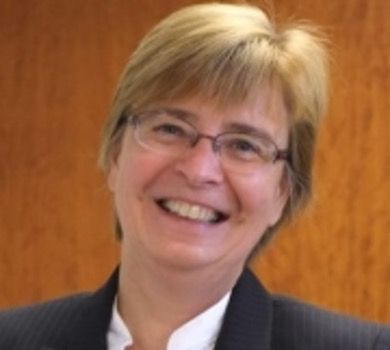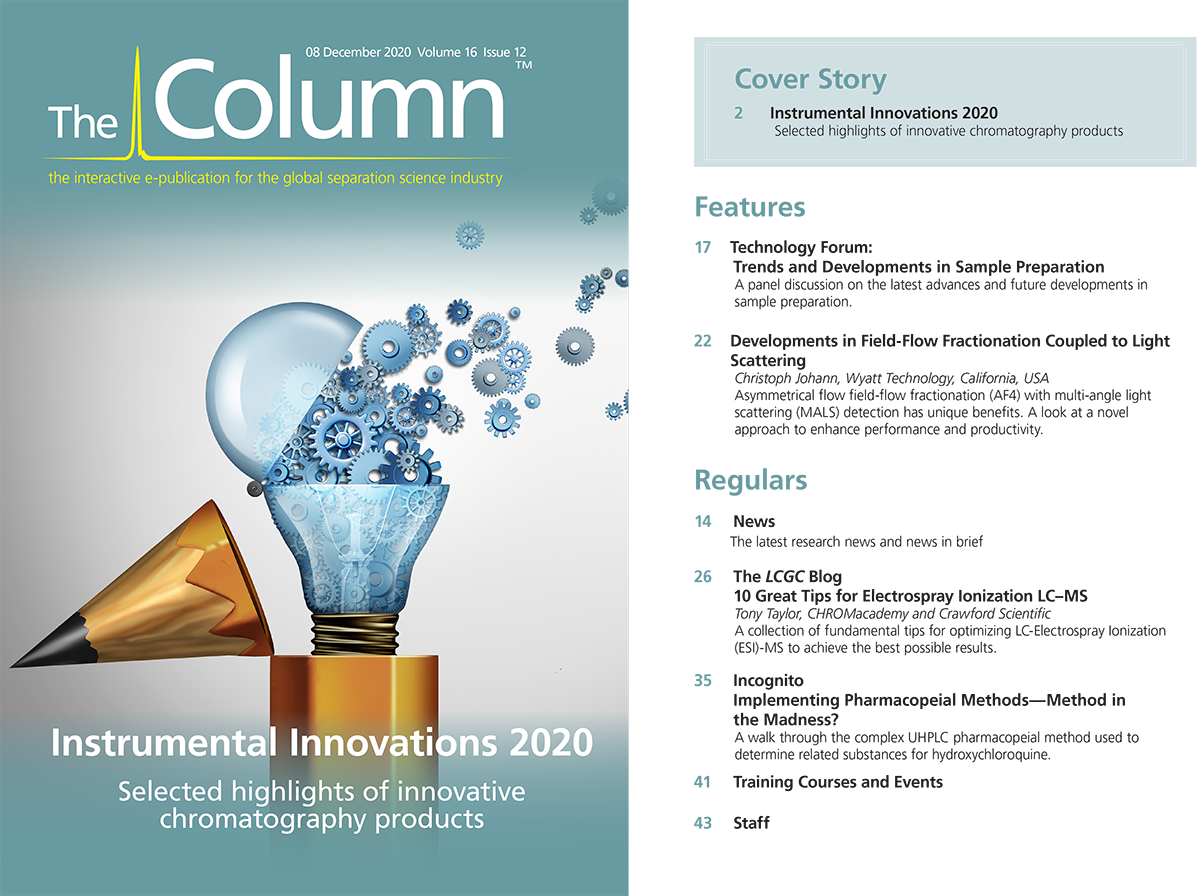Susan Olesik Receives EAS Award for Outstanding Achievements in the Fields of Analytical Chemistry
The Eastern Analytical Symposium (EAS) Award for Outstanding Achievements in the Fields of Analytical Chemistry will be presented to Susan Olesik at this year’s virtual conference.
The Eastern Analytical Symposium (EAS) Award for Outstanding Achievements in the Fields of Analytical Chemistry will be presented to Susan Olesik at this year’s conference. She is scheduled to deliver a talk on “A Look at Enhanced Fluidity Liquids as a more Sustainable Liquid Chromatography.”
Susan Olesik, The Ohio State University

Olesik is most known for her research in three areas of separation science—enhanced-fluidity liquid chromatography (EFLC), development of carbon stationary phases, and design of nanoscale materials for chromatography-mass spectrometry. She is currently studying relevant compounds and improving in efficiency in separation science and ionization efficiency in surface assisted laser desorption ionization (SALDI) using nanoparticle and nanofiber arrays and devices. Olesik’s scientific accomplishments are recognized by her receiving the Analytical Scientist–100 Most Influential Analytical Scientists Award in 2015 and in 2019, the 2017 Analytical Scientist top mentor award, the 2014 Helen M Free Award for Public Outreach, the 2014 ACS Award in Chromatography, the 2012 AAAS Fellow, the 2010 OSU Building Bridges Excellence Award, the 2009 ACS Fellow, the 2008 ACS National Award for Encouraging Disadvantaged Students into Careers in the Chemical Sciences, the 2008 Stanley C. Israel Regional Award for Advancing Diversity in the Chemical Sciences, the 2006 OSU Alumni Association Heinlen Award, the 2005 Columbus Technical Council (CTC) Technical Person of the Year Award, the 2004 ACS Columbus Section Award for Outstanding Achievement and Promotion of Chemical Sciences, and the 2000 AWISCO Woman in Science Award. She was also recognized in 2016 as one of the Top 50 women in Analytical Science and received a commendation from NASA for her contribution of the GC Column to the Cassini–Huygen probe.
Olesik received her AS from Vincennes University in Vincennes, Indiana, her BA from DePauw University in Greencastle, Indiana, and her PhD from the University of Wisconsin–Madison in Madison, Wisconsin, under the auspices of James W. Taylor in analytical mass spectrometry. She held a postdoctoral fellowship for Milos Novotny at Indiana University followed by a postdoctoral fellow for Tomas Baer at the University of North Carolina–Chapel Hill. After that, she became a faculty member at Ohio State University.
She is currently the Dow professor of the Department of Chemistry and Biochemistry. In 1989, she began a science outreach program, Wonders of Our World (WOW) that assists elementary schools by providing exciting hands-on experiments for the students and professional development workshops for the teachers. She also is serving as the Director of the Ohio House of Science and Engineering (OHSE), a K–16 science outreach center.

AOAC International Awarded NIST Grant for Developing Drug Testing Standards
October 31st 2024The grant will be part of a new collaborative scientific initiative to address the need for standards that define the desired performance of lateral flow immunoassay test strips to detect illicit drugs in tablets and powders.
AI and GenAI Applications to Help Optimize Purification and Yield of Antibodies From Plasma
October 31st 2024Deriving antibodies from plasma products involves several steps, typically starting from the collection of plasma and ending with the purification of the desired antibodies. These are: plasma collection; plasma pooling; fractionation; antibody purification; concentration and formulation; quality control; and packaging and storage. This process results in a purified antibody product that can be used for therapeutic purposes, diagnostic tests, or research. Each step is critical to ensure the safety, efficacy, and quality of the final product. Applications of AI/GenAI in many of these steps can significantly help in the optimization of purification and yield of the desired antibodies. Some specific use-cases are: selecting and optimizing plasma units for optimized plasma pooling; GenAI solution for enterprise search on internal knowledge portal; analysing and optimizing production batch profitability, inventory, yields; monitoring production batch key performance indicators for outlier identification; monitoring production equipment to predict maintenance events; and reducing quality control laboratory testing turnaround time.